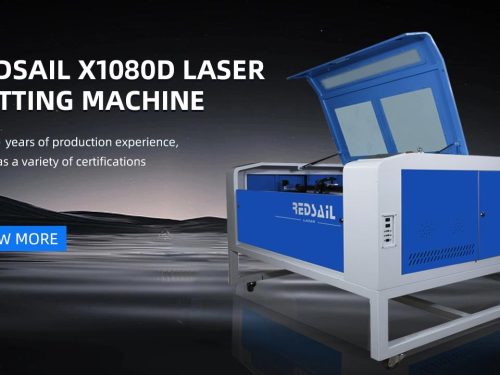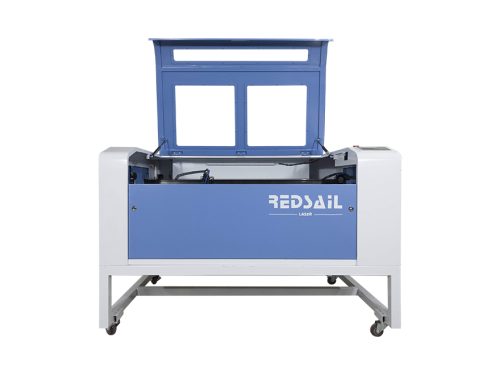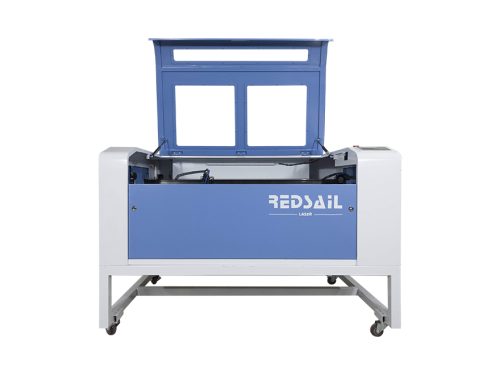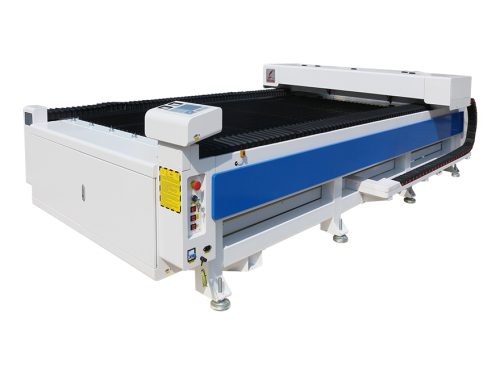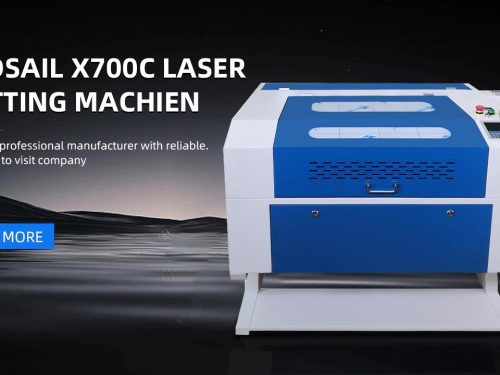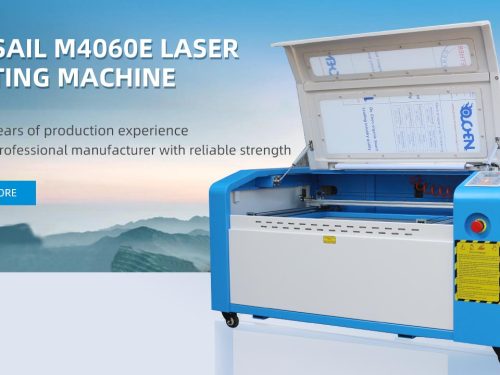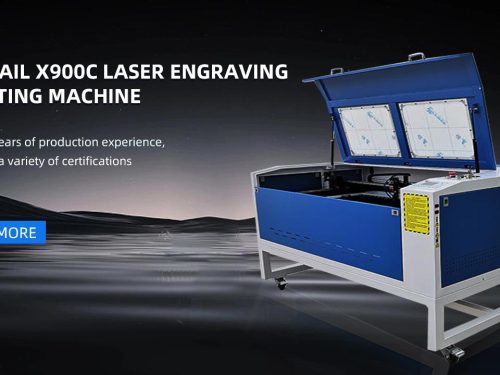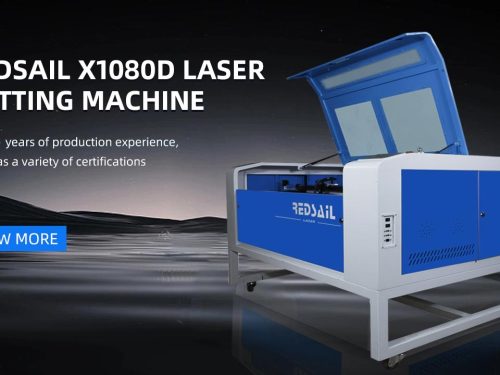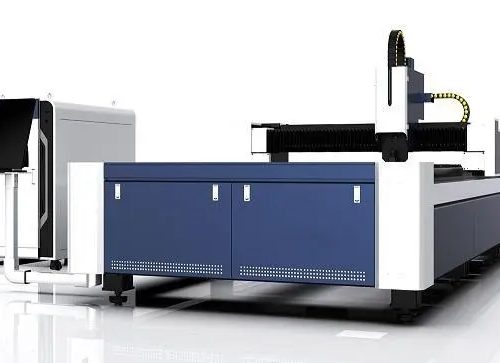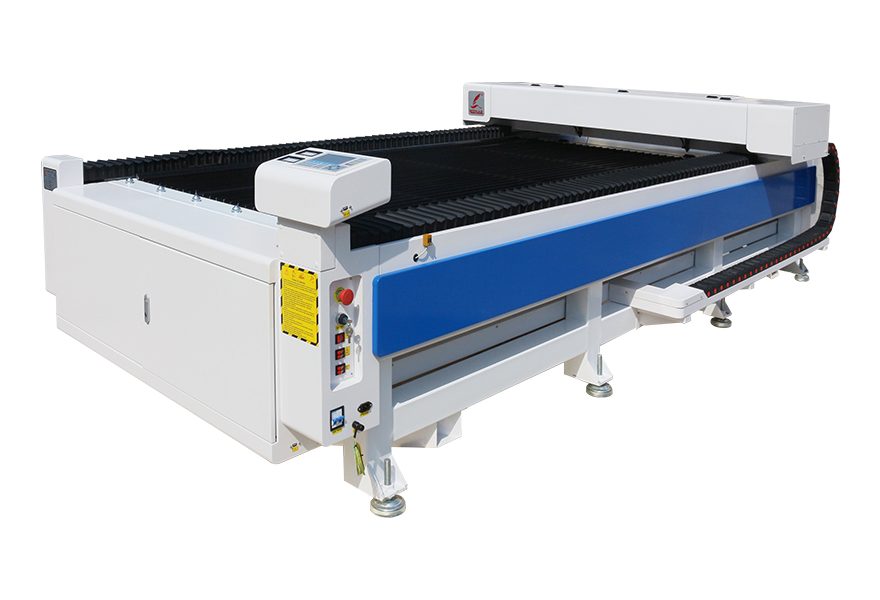
CO2 Lasers Make Polycarbonate Cutting Easier and More Accurate
Polycarbonate is a strong, lightweight, and versatile material that is used in a variety of applications, from medical devices to automotive parts. It is also used in the fabrication of signs, displays, and other products. However, cutting polycarbonate can be a difficult and time-consuming process. Fortunately, CO2 lasers make polycarbonate cutting easier and more accurate.
How CO2 Lasers Work
CO2 lasers use a beam of light to cut through materials. The beam is generated by a gas mixture of carbon dioxide, nitrogen, and helium. This gas mixture is then excited by an electrical current, which creates a beam of light that is focused on the material to be cut. The beam is powerful enough to cut through polycarbonate and other materials with ease.
Benefits of CO2 Lasers
CO2 lasers offer several advantages over traditional cutting methods. They are more accurate than manual cutting tools, and they can cut through thicker materials with ease. Additionally, they are faster than traditional cutting methods, which can save time and money. Finally, CO2 lasers produce less waste than traditional cutting methods, which is beneficial for the environment.
Applications of CO2 Lasers
CO2 lasers are used in a variety of industries, including automotive, aerospace, medical, and sign making. They are used to cut through polycarbonate, acrylic, and other materials with ease. Additionally, they can be used to engrave and mark materials, which is useful for creating signs and labels.
FAQs
What is a CO2 laser?
A CO2 laser is a type of laser that uses a beam of light to cut through materials. The beam is generated by a gas mixture of carbon dioxide, nitrogen, and helium.
What materials can CO2 lasers cut?
CO2 lasers can cut through polycarbonate, acrylic, and other materials with ease. They can also be used to engrave and mark materials.
What are the benefits of using CO2 lasers?
CO2 lasers are more accurate than manual cutting tools, and they can cut through thicker materials with ease. Additionally, they are faster than traditional cutting methods, which can save time and money. Finally, CO2 lasers produce less waste than traditional cutting methods, which is beneficial for the environment.

